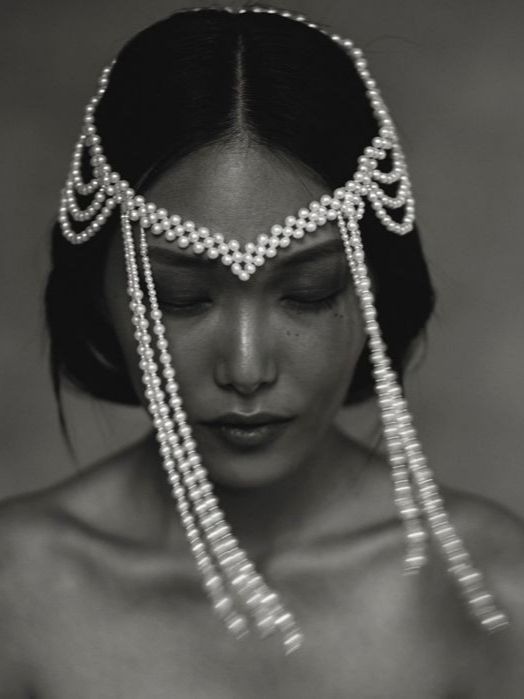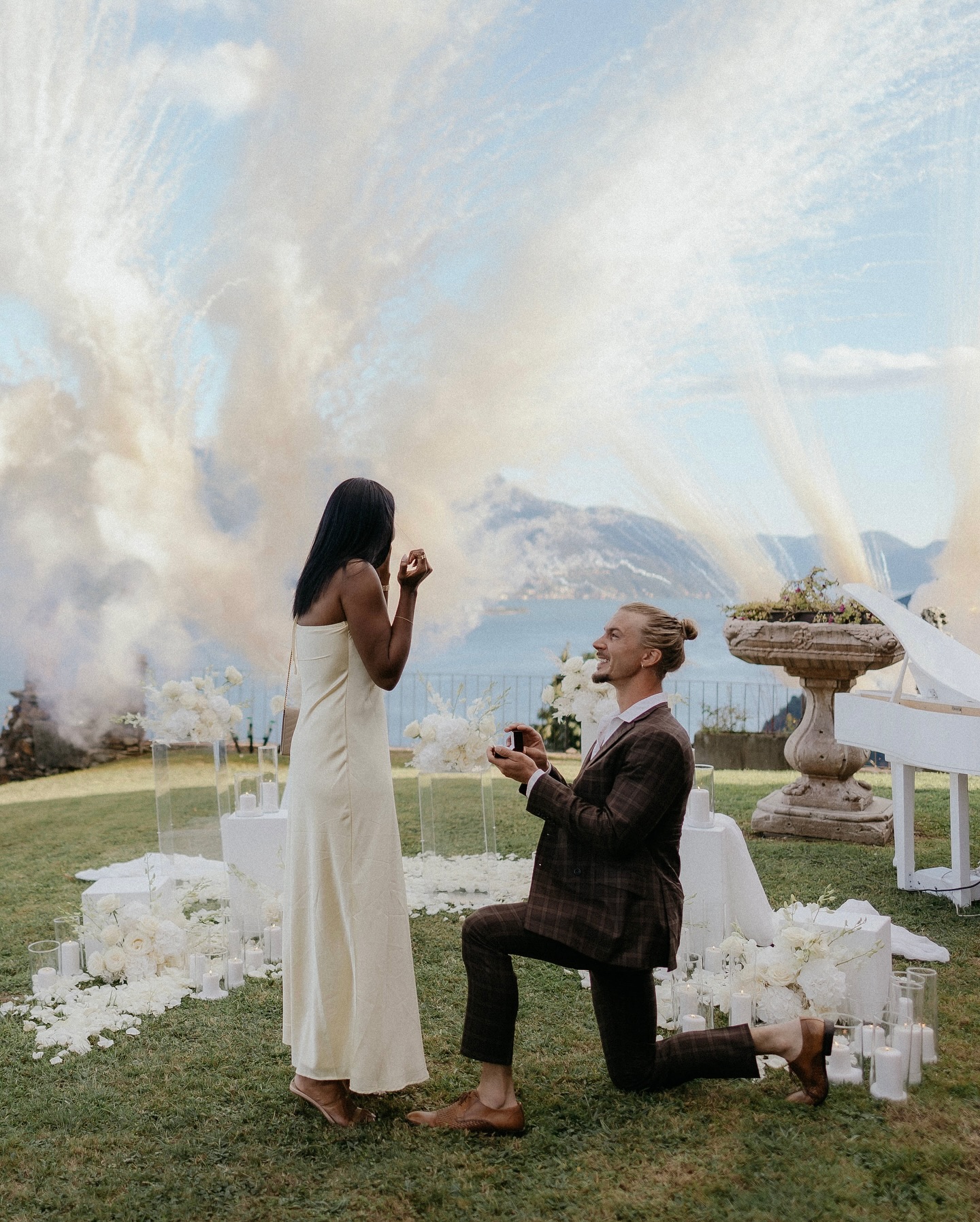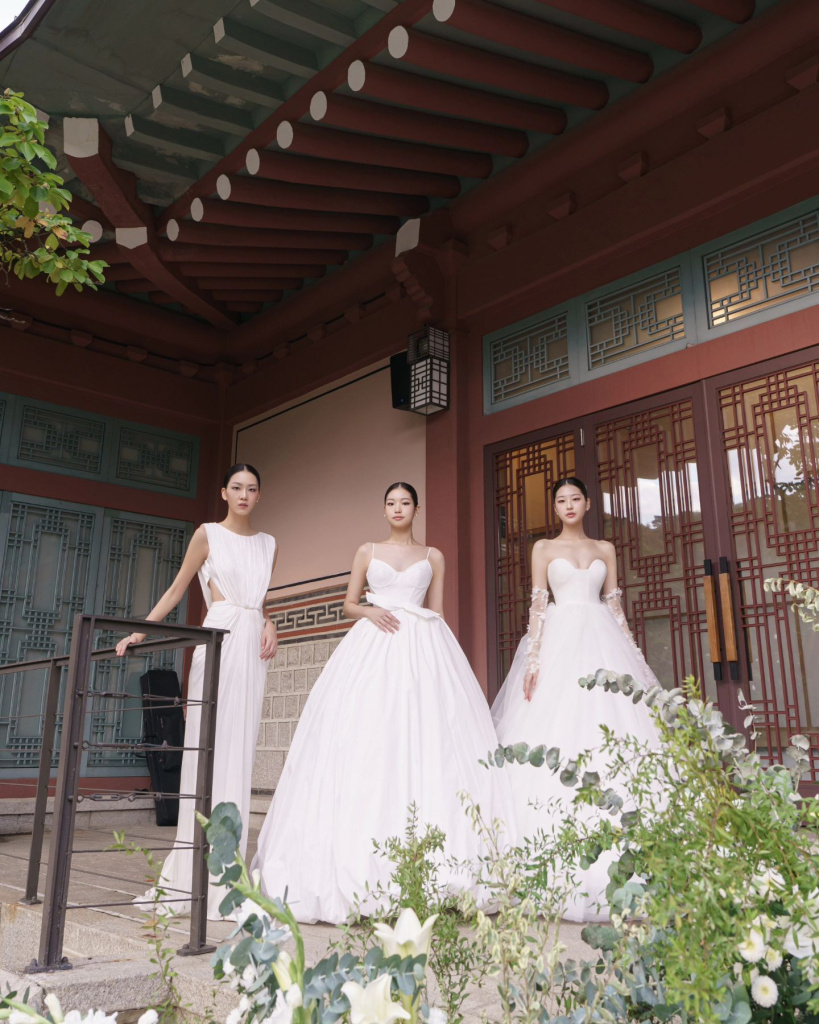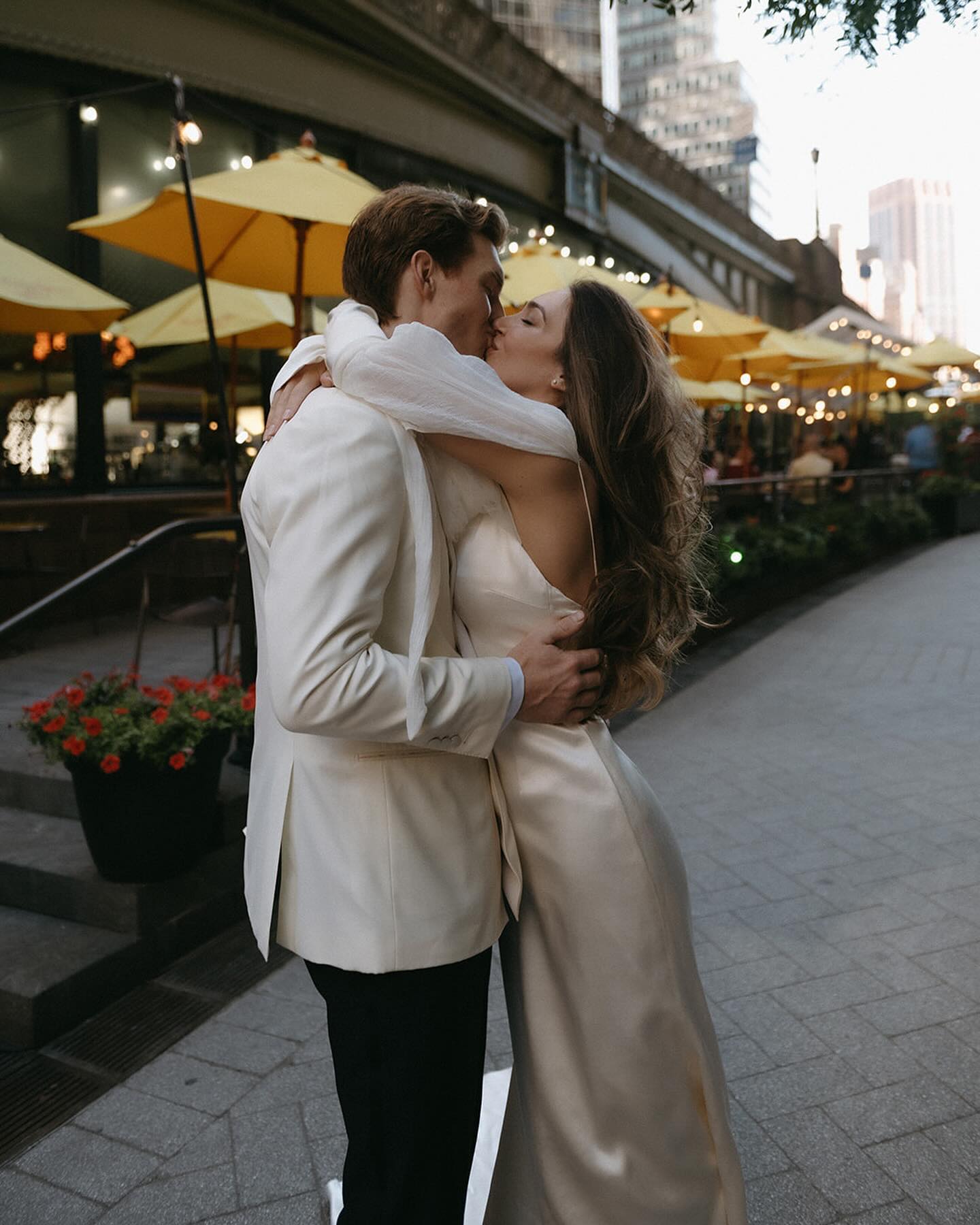Exploring 20 Sacred Jewish Wedding Rituals
- Author: Natali Grace Levine
- Reading time: 7 min 53 sec
- Publication date: 11/12/2024
- Updated: 01/07/2025
Jewish wedding traditions are rich in meaning and history, drawing on ancient customs to create a joyous and sacred ceremony. Each tradition carries symbolic significance, offering a glimpse into the spiritual and cultural values of the Jewish people. Here’s a look at some of the most important elements of a Jewish wedding.

Ketubah
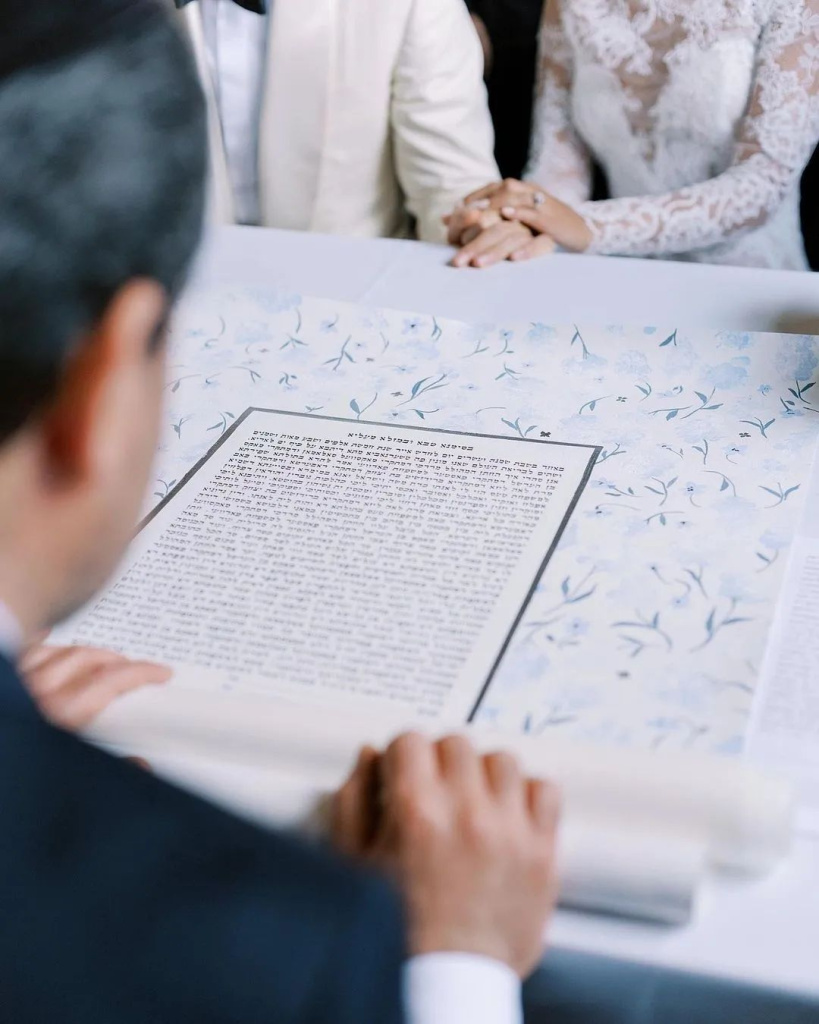
Ketubah (Marriage Contract): The Ketubah is a legal document that outlines the groom’s responsibilities to the bride, including the promise to provide for her and protect her. It is a critical part of Jewish wedding traditions, ensuring the rights of the bride and acknowledging the seriousness of the marital commitment. The contract is often beautifully decorated and signed by witnesses during the ceremony. The Ketubah also symbolizes the couple’s shared responsibility in building a home and a life together. This document is preserved by the couple as a reminder of their vows and promises.
Badeken
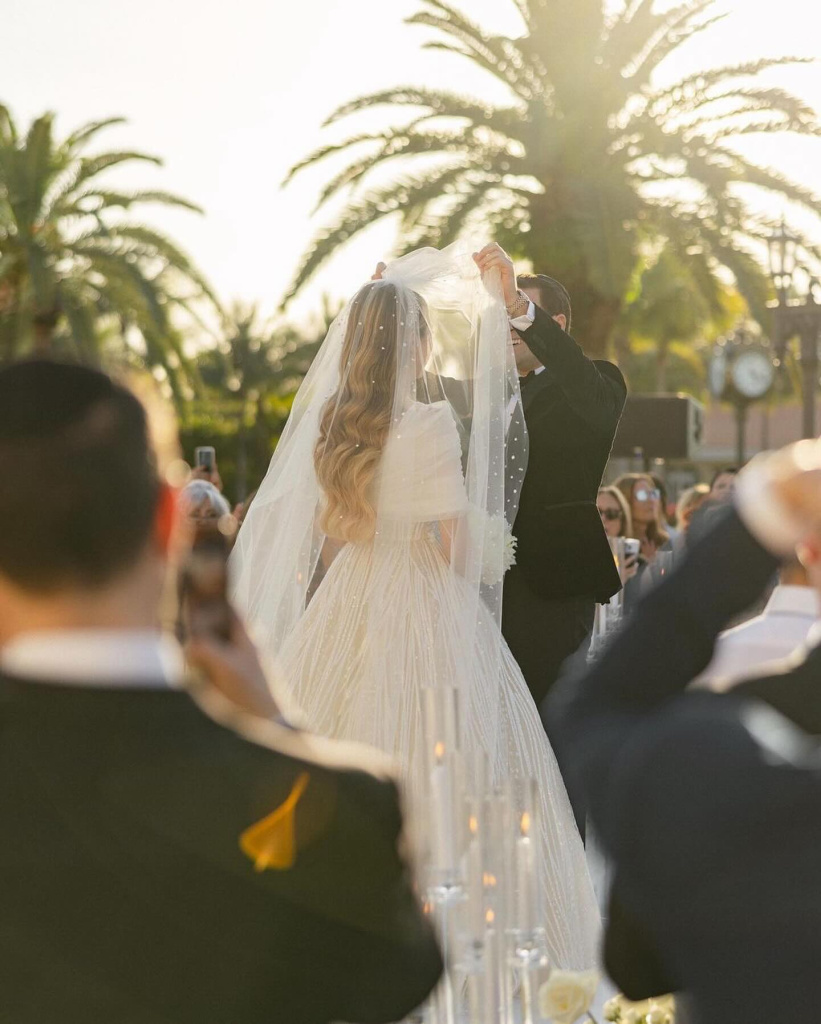
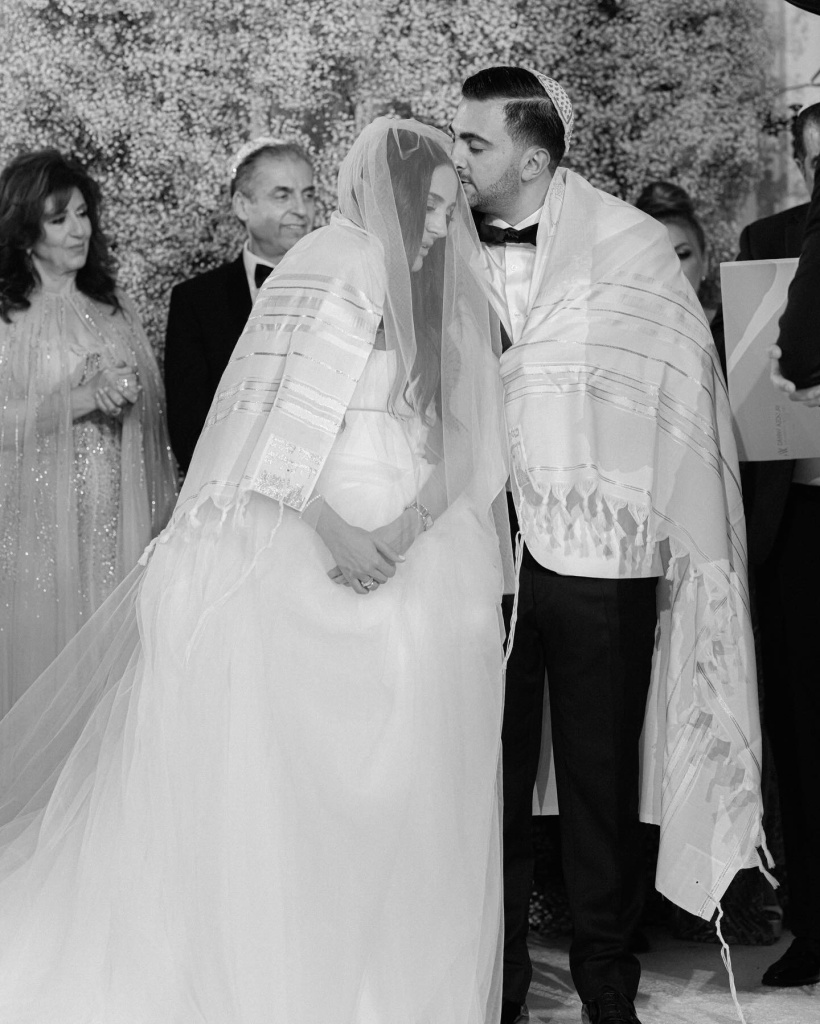
Badeken (Veiling of the Bride): The Badeken is the moment when the groom places the veil over the bride’s face, symbolizing his commitment to marry her for who she is on the inside, not just her outward appearance. This tradition has its roots in the biblical story of Jacob and Leah, where Jacob mistakenly married the wrong woman due to a veil. Jewish wedding traditions use the Badeken to ensure that the groom recognizes his bride as his true partner. The moment is both tender and significant, signifying that the couple is bound by more than just physical attraction, but by deep, spiritual connection.
Chuppah
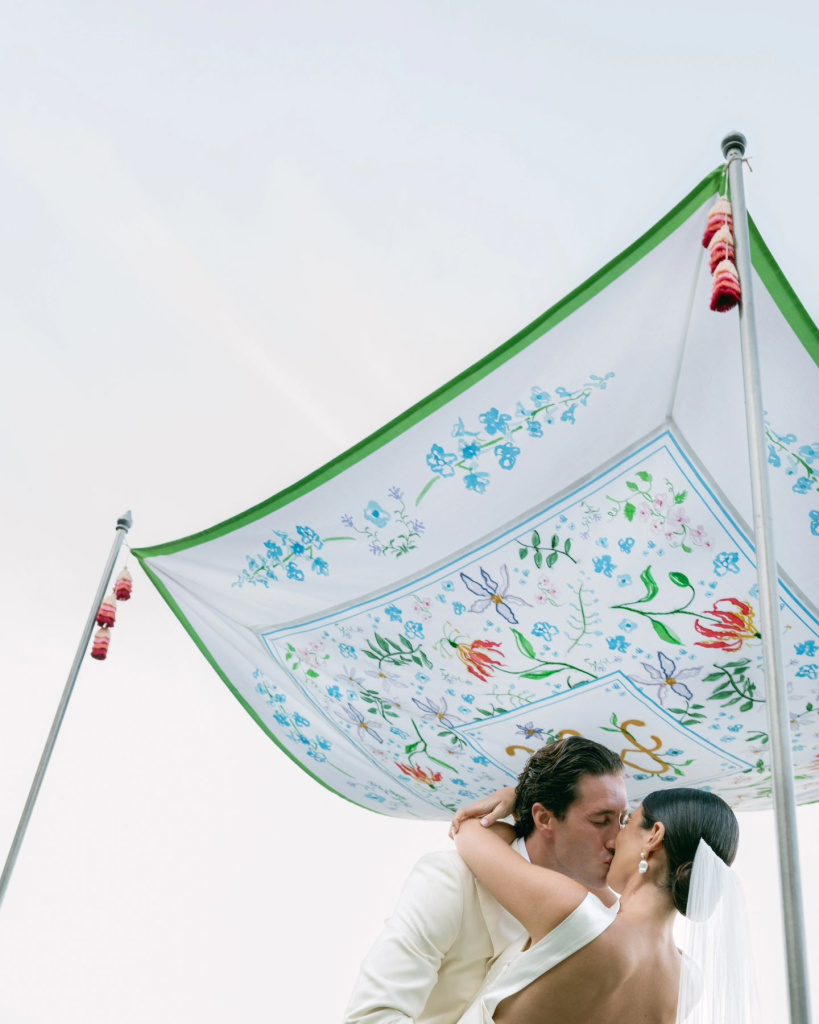
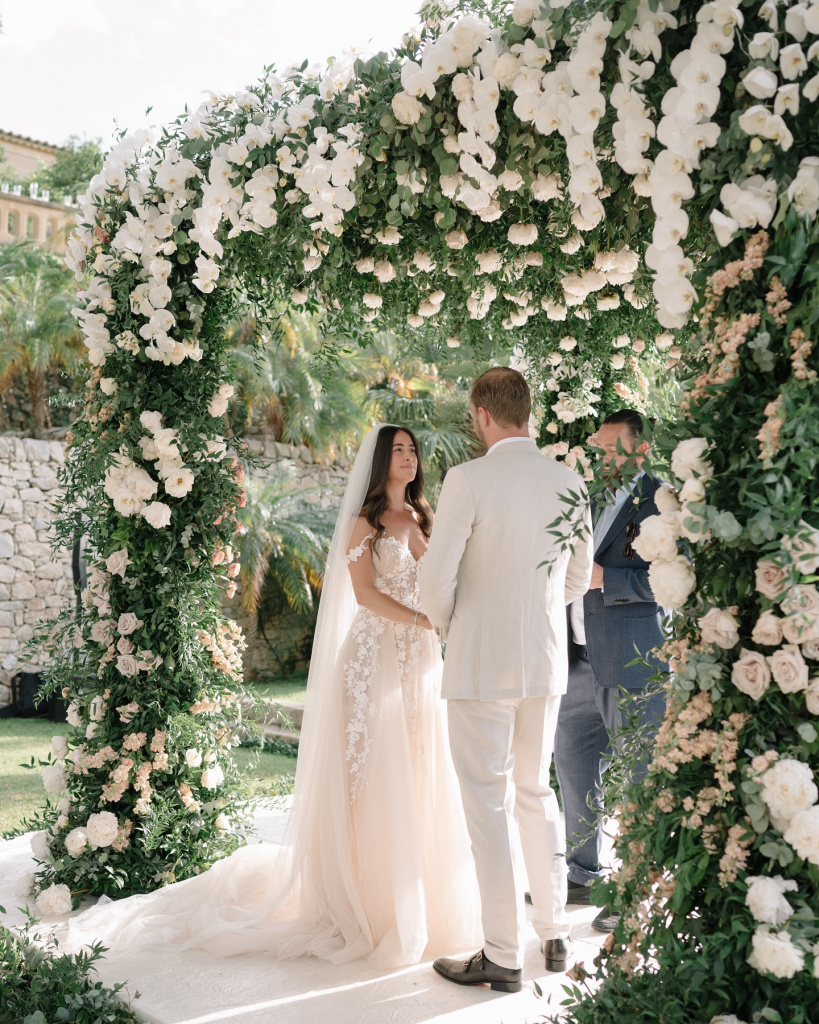
Chuppah (Wedding Canopy): The Chuppah is the wedding canopy under which the ceremony takes place, symbolizing the home the couple will build together. This tradition represents the couple’s new life and the open nature of their union, as the chuppah is open on all sides. The Chuppah often incorporates elements from both families, such as family heirlooms or personal touches. Jewish wedding traditions hold that the Chuppah should be held in a place of holiness, like an outdoor space or a synagogue. The canopy symbolizes the couple’s commitment to building a life together, filled with love and openness.
The Walk to the Chuppah
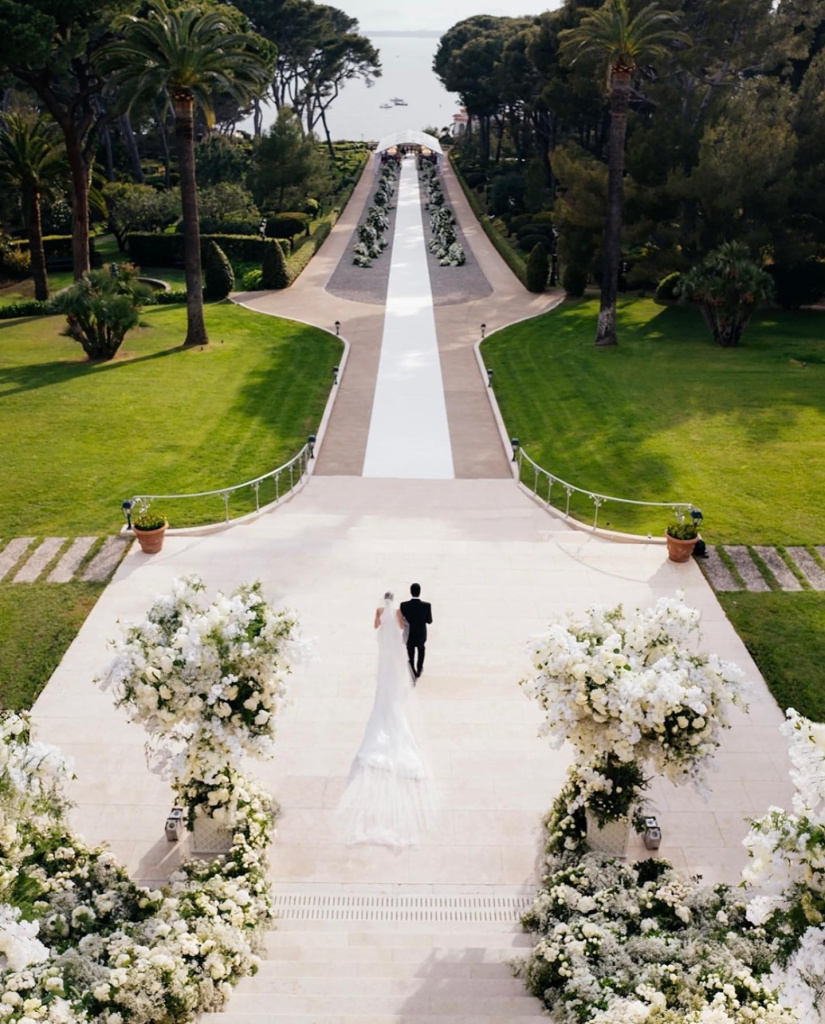
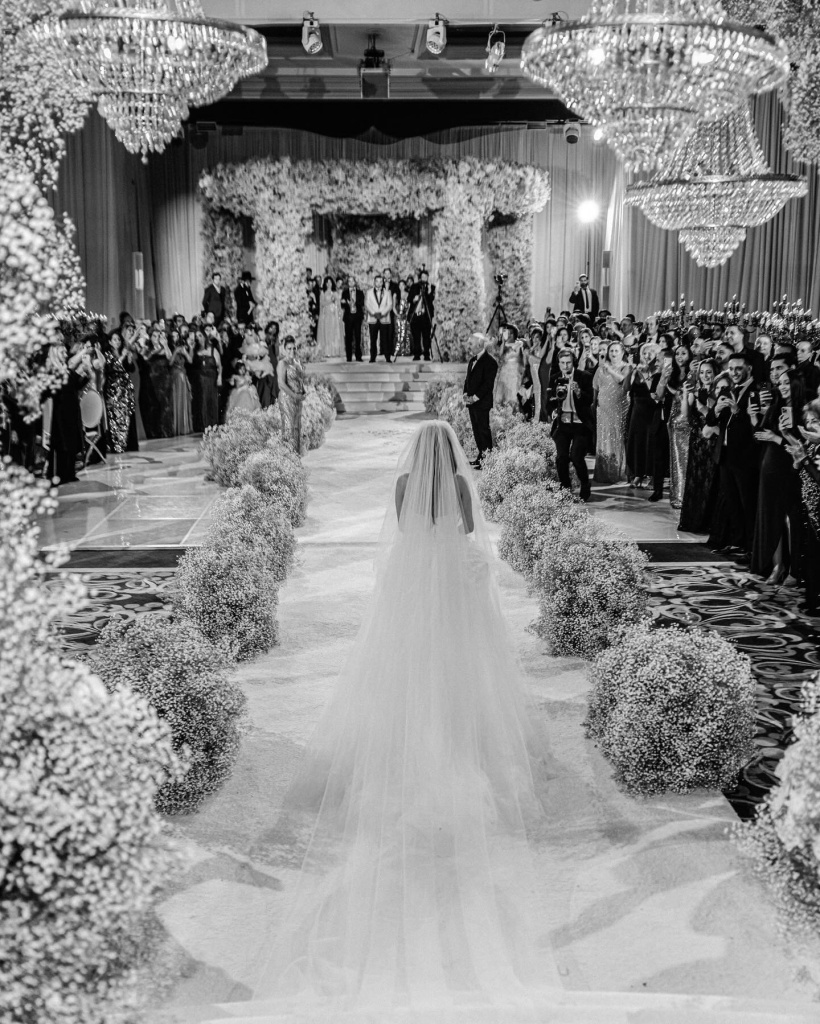
The walk to the chuppah is a significant moment in the Jewish wedding ceremony when the bride and groom make their way to the wedding canopy (chuppah). This procession symbolizes the beginning of their new life together. Traditionally, the groom walks first, followed by the bride, often accompanied by their parents or loved ones. The chuppah is usually set in an open space, symbolizing the home the couple will build together, connected to both their community and the world at large. This walk is not just a physical act, but a deeply spiritual one, representing the couple's transition into married life. It marks the start of a new chapter and the beginning of their sacred union, which will be nurtured and strengthened throughout their shared future.
Vows Under the Chuppah
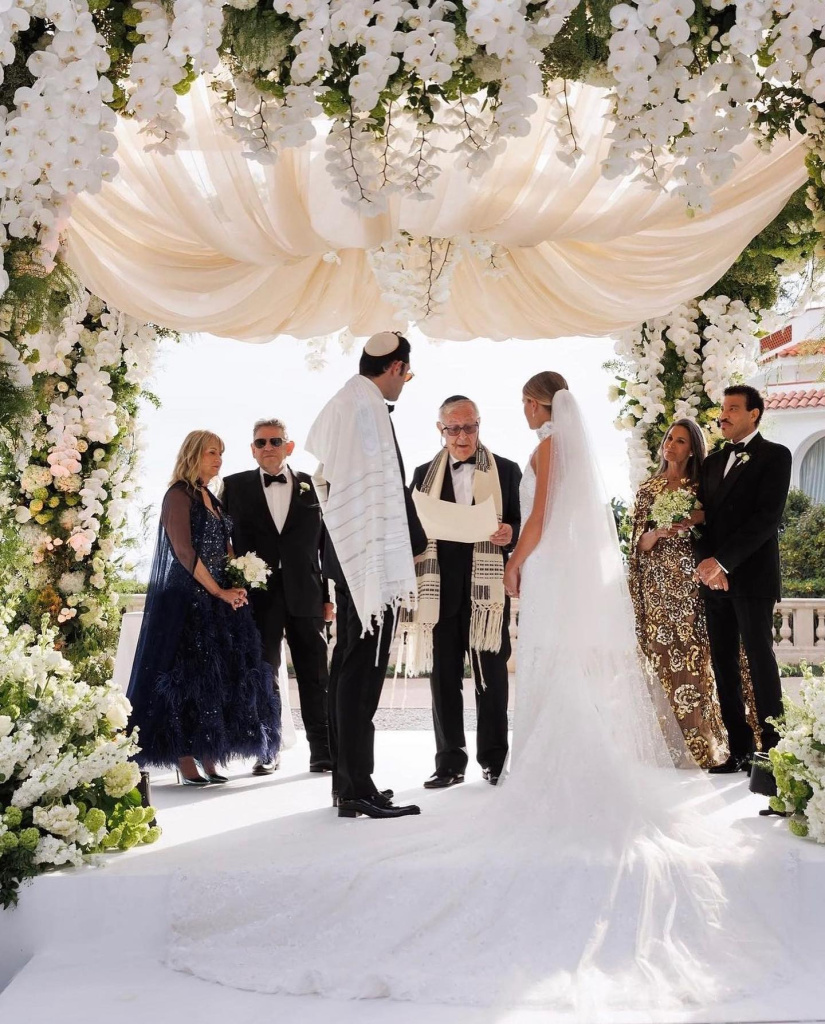
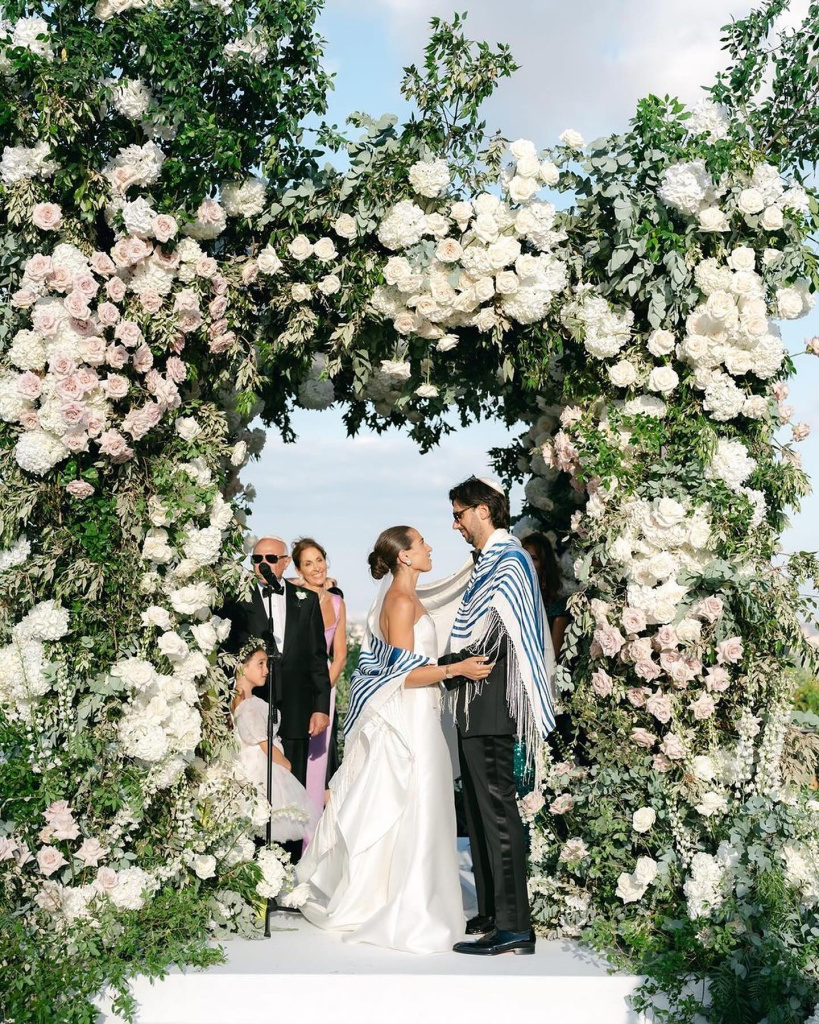
The vows under the chuppah are a pivotal part of the Jewish wedding ceremony, where the couple makes promises to one another. Standing under the chuppah, the bride and groom declare their commitment to each other. These vows typically involve pledges of love, respect, support, and faithfulness. During this time, the couple often exchanges rings and recites traditional prayers and blessings. This moment signifies the beginning of their new union, grounded in love and spiritual connection. The vows made under the chuppah symbolize the seriousness and sanctity of their promises to one another, marking the formal beginning of their married life.
Kabbalat Panim
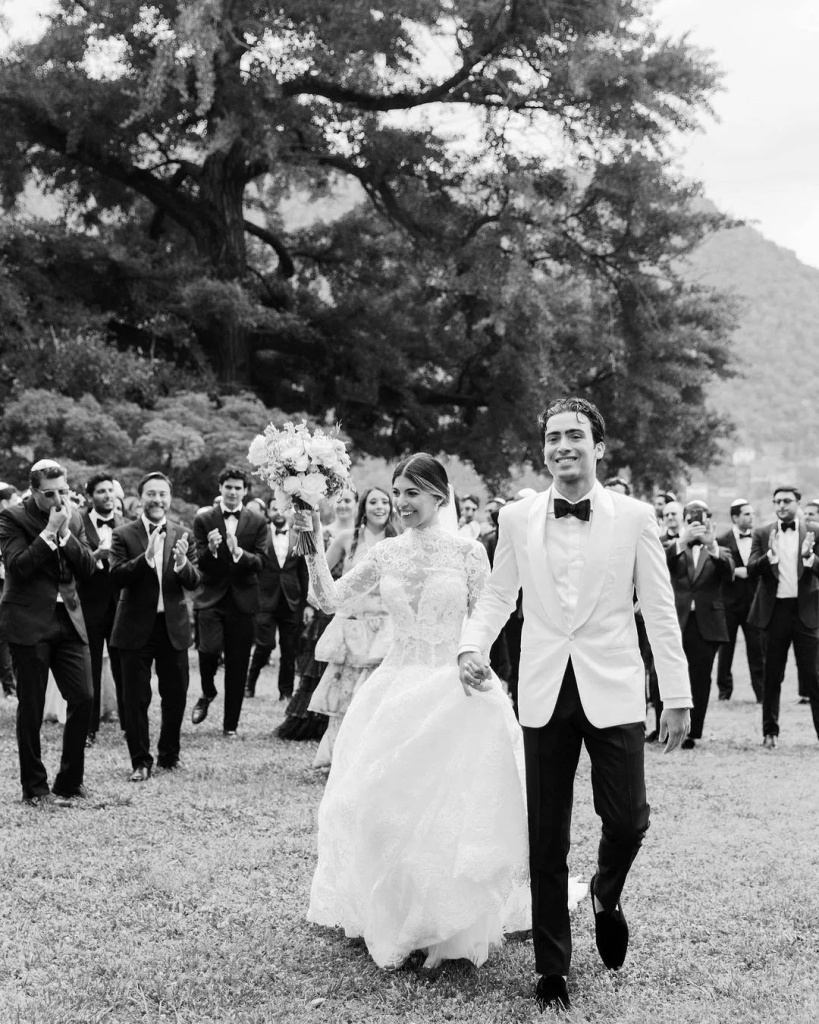
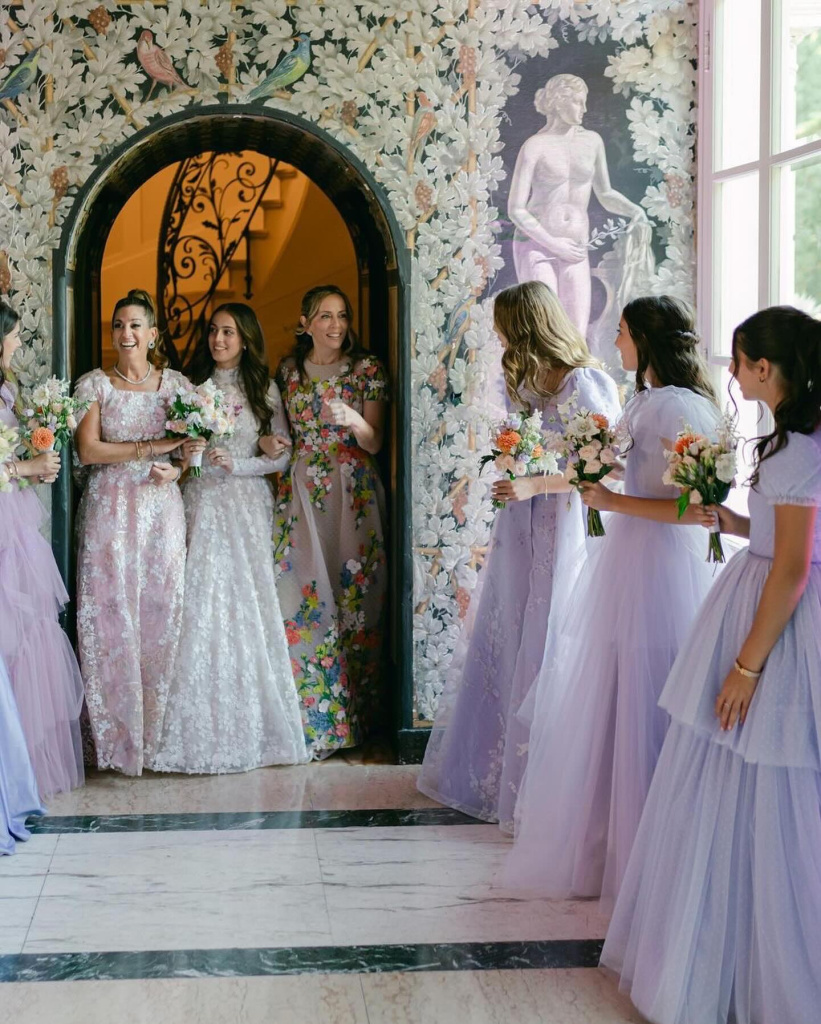
Kabbalat Panim (Pre-wedding Reception): Kabbalat Panim is a pre-wedding reception where the bride and groom are celebrated separately by their respective families and friends. This is a moment for guests to offer their blessings and well wishes to the couple before they officially marry. The groom’s reception, known as the Tish, may involve sharing words of the Torah or engaging in lively discussions. Jewish wedding traditions use this time to reflect on the spiritual significance of the union. The Kabbalat Panim serves as a joyous introduction to the more solemn moments of the wedding ceremony.
Circling the Groom
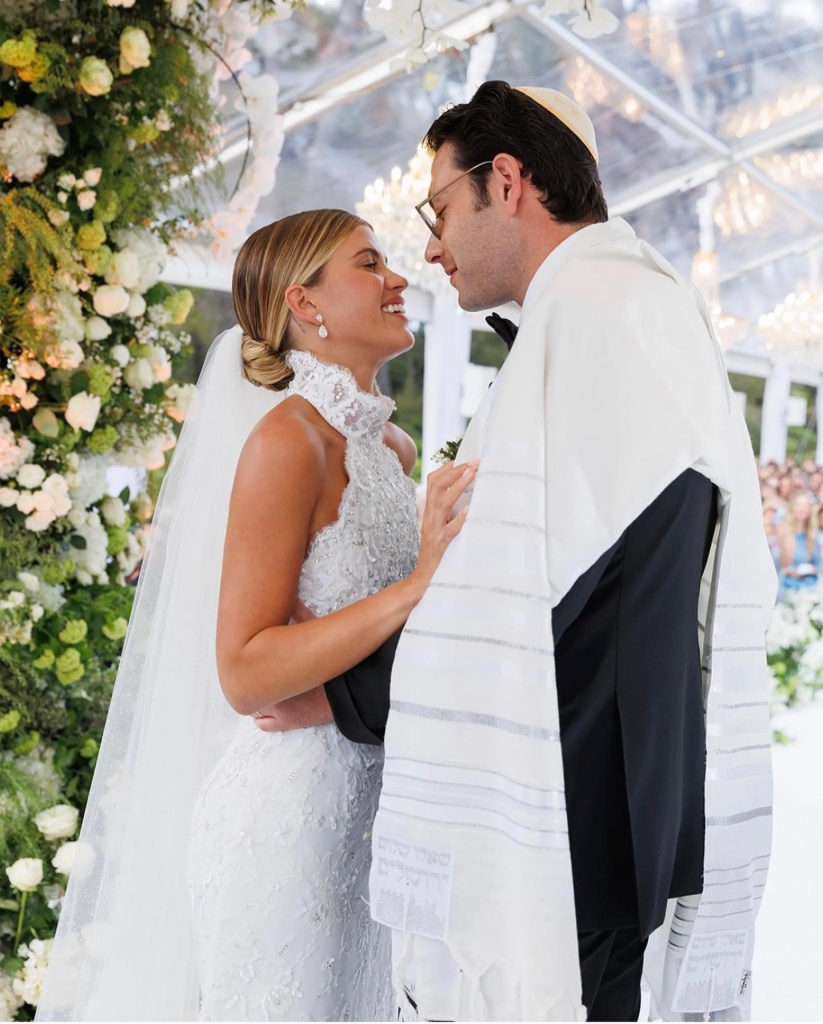
Circling the Groom: During the wedding ceremony, the bride traditionally circles the groom seven times under the Chuppah. This act is symbolic of the creation of a protective circle around the marriage. Jewish wedding traditions associate the number seven with completion and perfection, as seen in the creation story in the Bible. By circling the groom, the bride is also demonstrating her role in building and protecting their relationship. The act signifies the couple’s unity and their shared commitment to each other.
Erusin
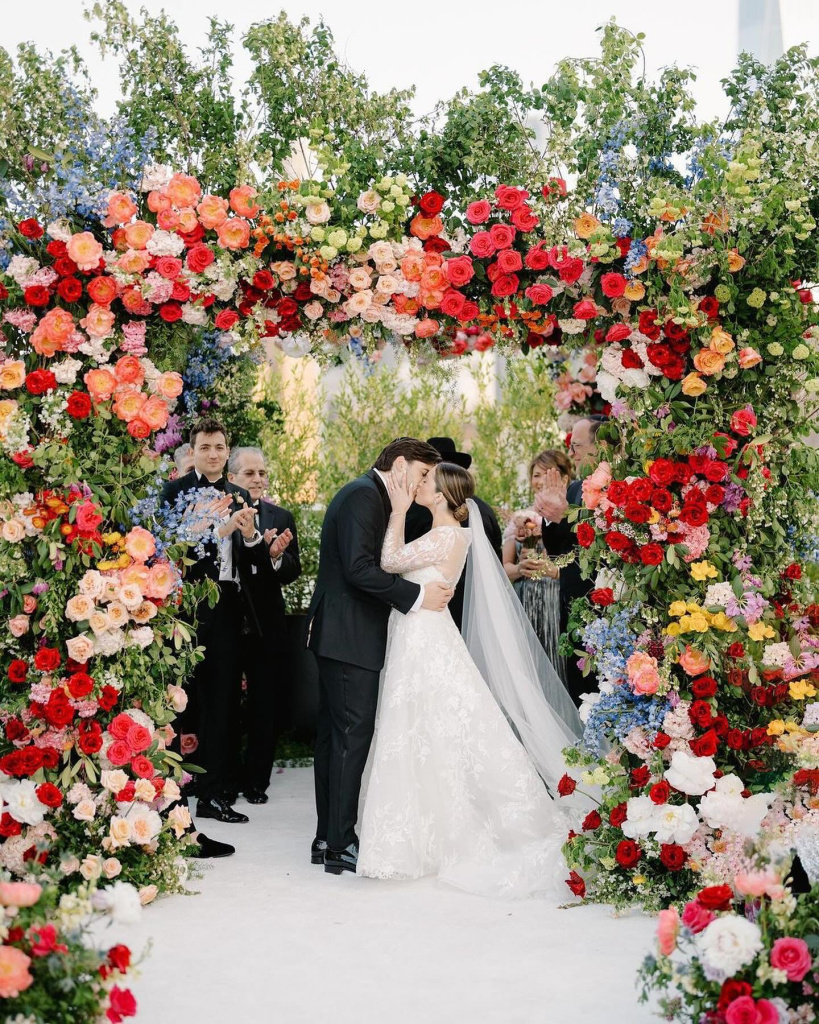
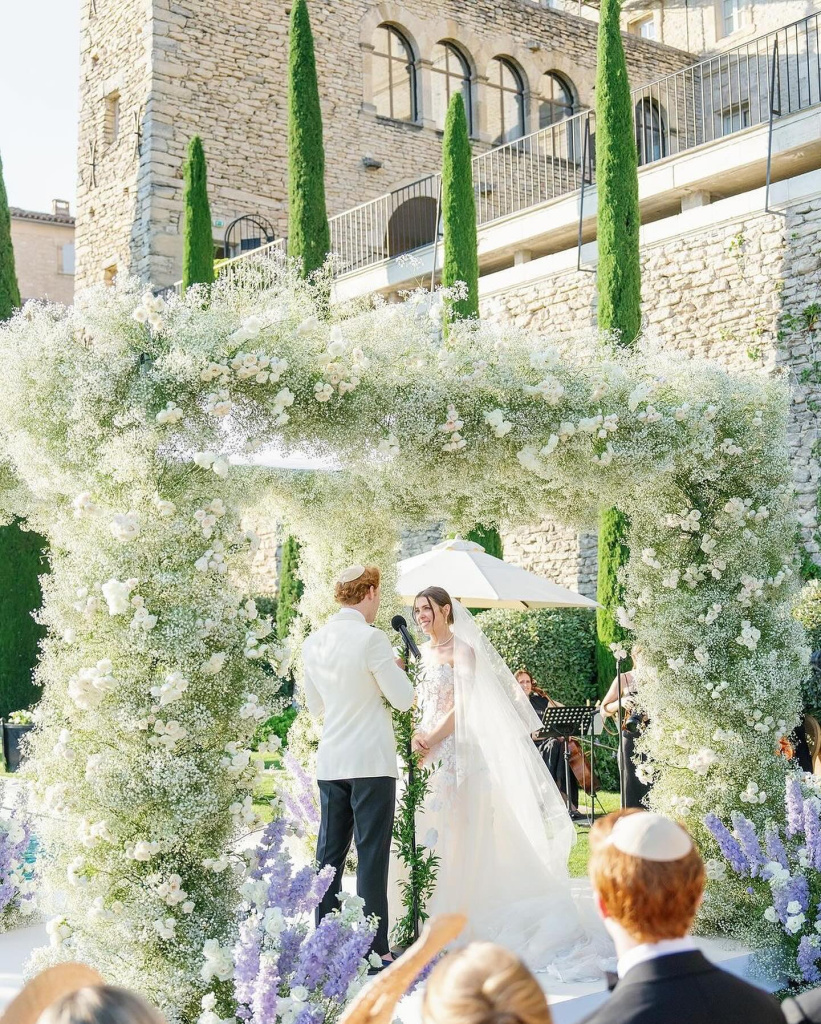
Erusin (Betrothal Ceremony): Erusin, also known as the betrothal, is the first part of the Jewish wedding ceremony, where the couple makes their formal commitment to marry. During this ceremony, the groom places a ring on the bride’s finger while reciting a traditional vow, "Behold, you are consecrated to me according to the laws of Moses and Israel." Jewish wedding traditions teach that the ring exchange is a solemn and binding act of commitment. This part of the ceremony is seen as the spiritual union before the couple is fully married.
Ring Exchange
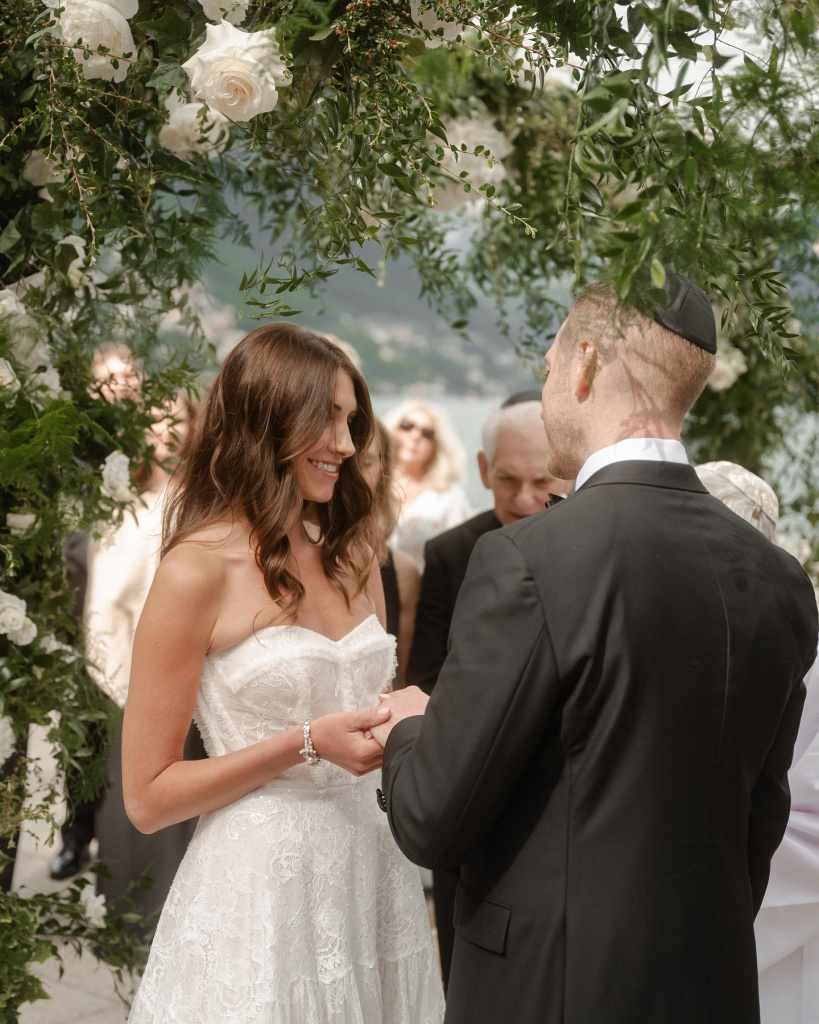
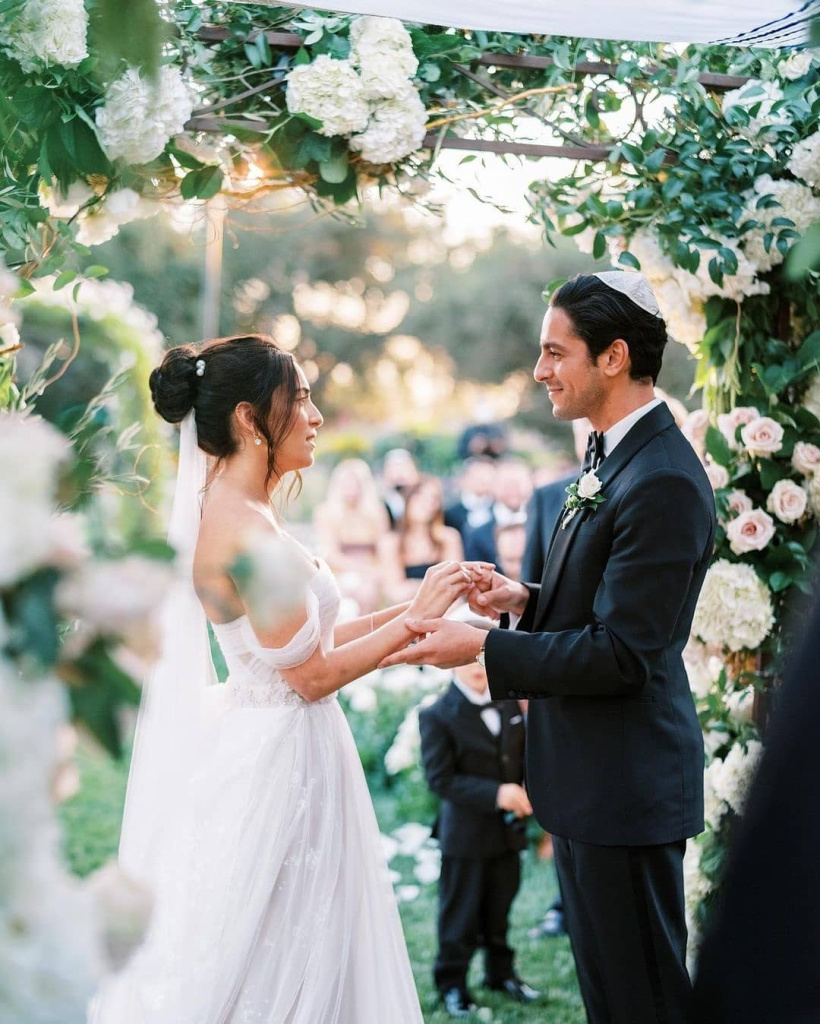
Ring Exchange: The exchange of rings is one of the most recognized traditions in Jewish weddings. The groom places the ring on the bride’s finger, and the couple verbally affirms their mutual commitment. In some communities, both the bride and groom exchange rings. Jewish wedding traditions use this moment to mark the union and symbolize the sanctity of the marriage. The ring, being a circle, is a powerful symbol of eternity and wholeness, signifying an unbroken bond between the couple.
Sheva Brachot
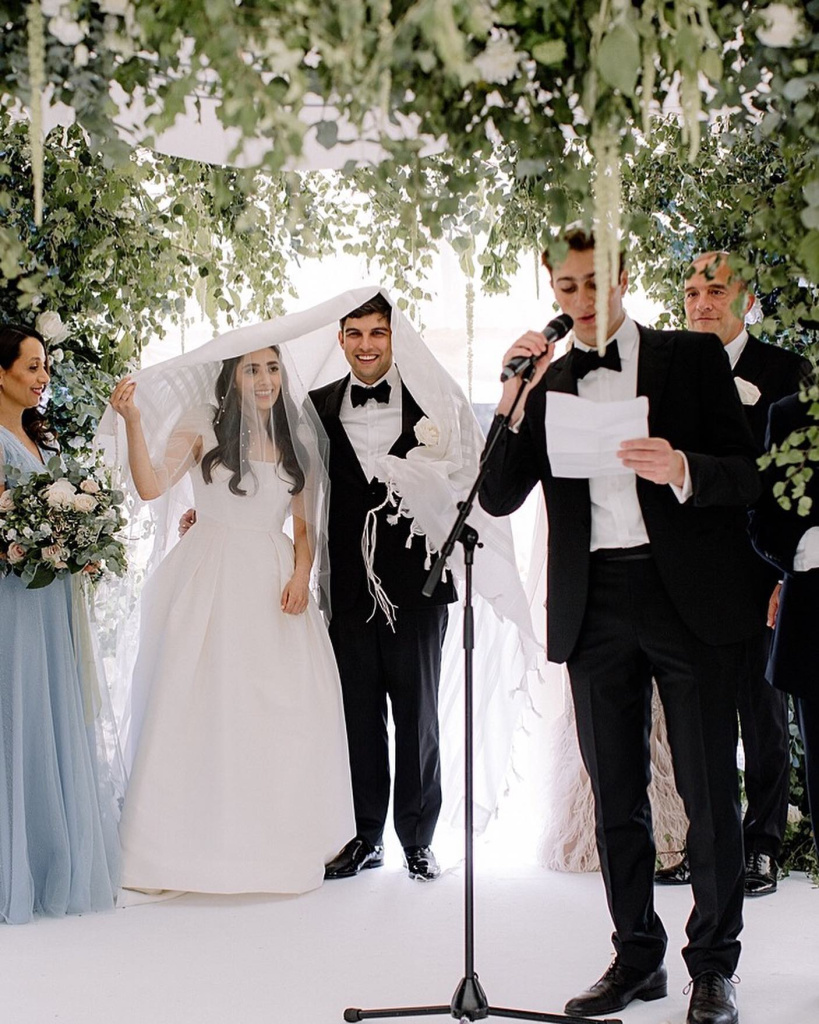
Sheva Brachot (Seven Blessings): The Sheva Brachot, or seven blessings, are recited during the wedding ceremony. These blessings focus on joy, companionship, and the creation of new life. Jewish wedding traditions emphasize the importance of these blessings in marking the sacred union between the couple. The blessings are often sung, adding to the celebratory atmosphere. These prayers invoke divine favor on the couple, wishing them happiness, prosperity, and peace in their marriage.
Breaking of the Glass
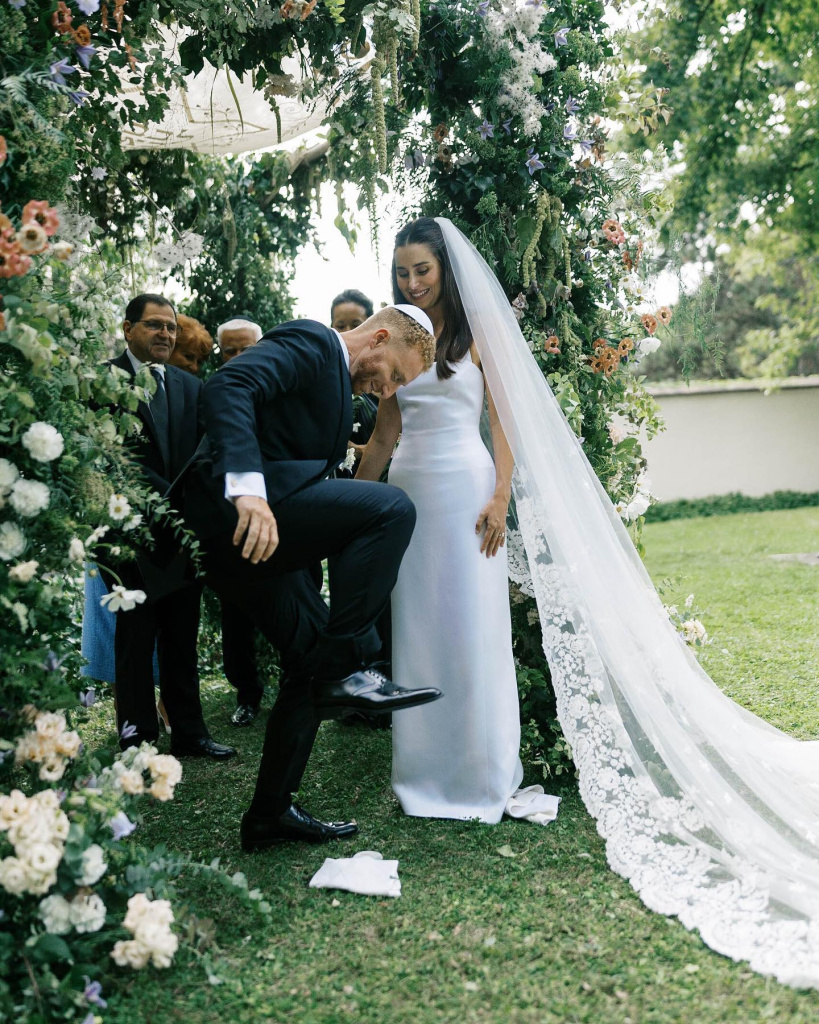
Breaking of the Glass: At the end of the ceremony, the groom (or sometimes both the bride and groom) breaks a glass, often wrapped in a cloth, as a reminder of the destruction of the Holy Temple in Jerusalem. Jewish wedding traditions incorporate this act to acknowledge that even in times of joy, there is still sorrow in the world. The sound of the glass breaking serves as a moment of reflection, reminding the couple and guests of the fragility of life. The guests then shout “Mazal Tov!” meaning “Good luck” or “Congratulations.”
“Mazal Tov!”
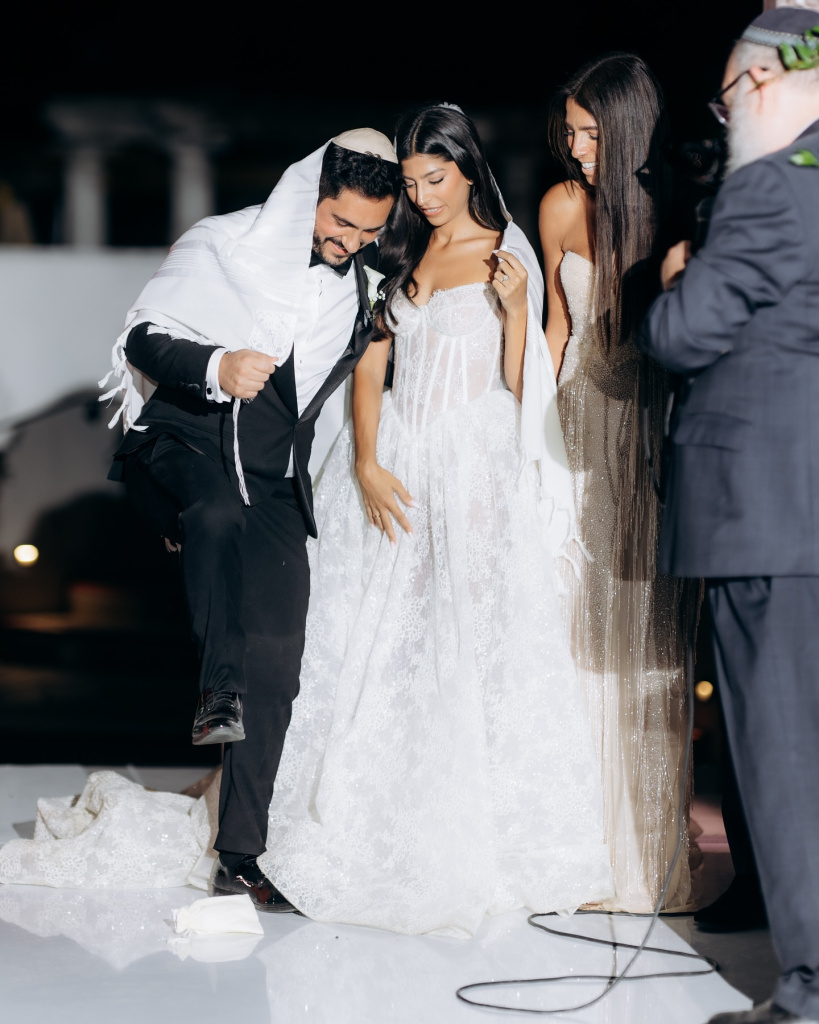
“Mazal Tov!”: Following the breaking of the glass, guests shout “Mazal Tov!” as a way of offering congratulations to the couple. This phrase translates to “Good luck” or “Good fortune,” and is a joyful expression of support for the newlyweds. Jewish wedding traditions use this phrase to encourage blessings and prosperity for the couple’s future. It is a communal declaration of joy, signifying that the entire community supports the couple’s new beginning.
Yichud
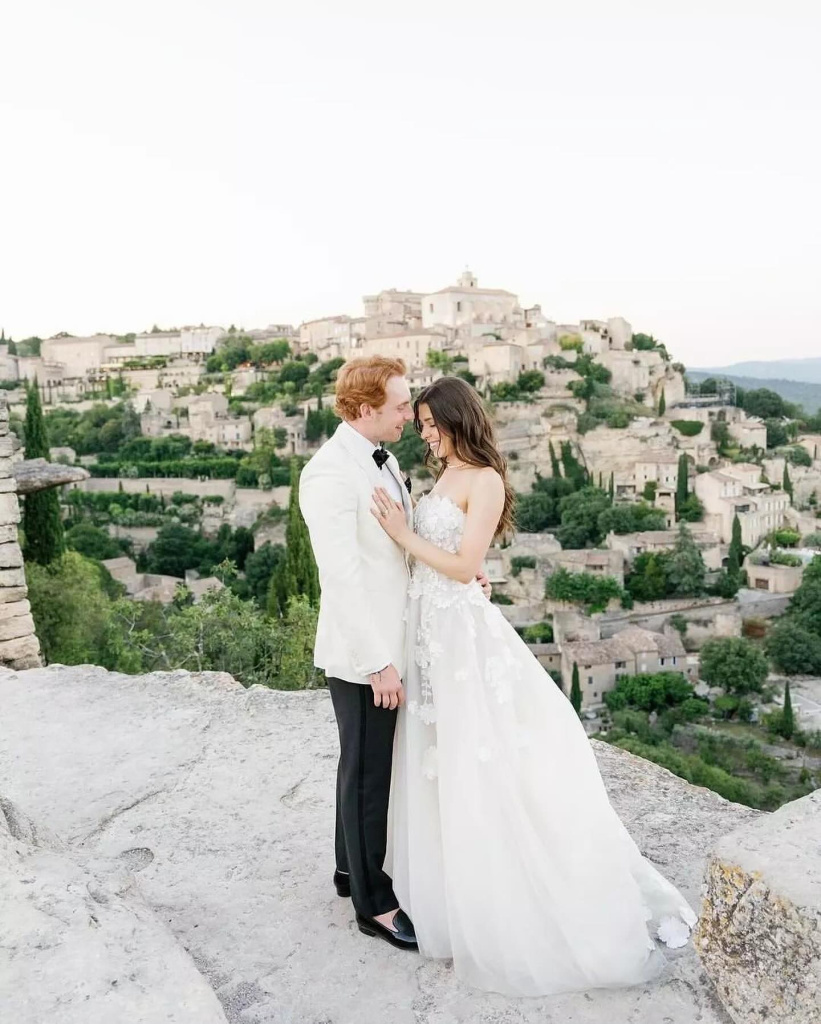
Yichud (Seclusion): After the wedding ceremony, the couple spends a few moments alone in a private room, known as Yichud. This is a time for the newlyweds to share an intimate moment, symbolizing the start of their married life. Jewish wedding traditions view Yichud as a critical moment of connection, where the couple can reflect on the significance of their vows. It is considered an essential part of the wedding, marking the transition from engagement to married life.
Reception and Dancing
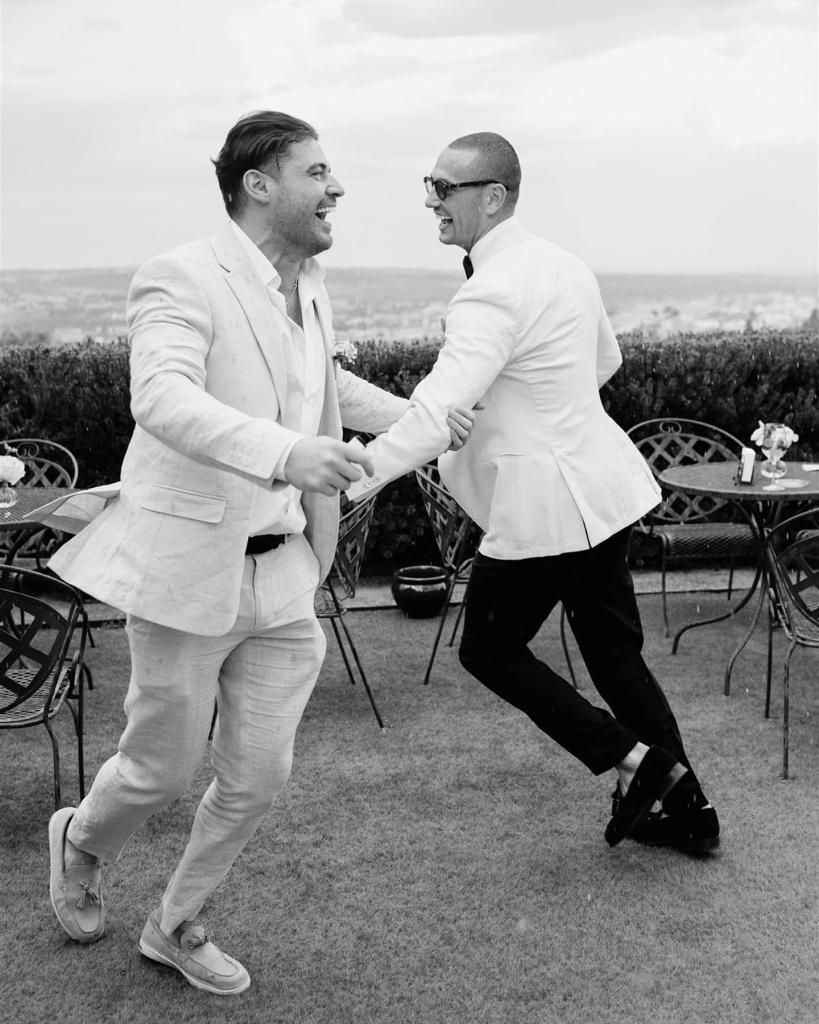
Reception and Dancing: The wedding reception is a time for the couple to celebrate with their family and friends. Jewish wedding traditions often include lively dancing, singing, and music, where guests come together to celebrate the couple. The joy of the occasion is amplified by the shared happiness of the guests. It is a communal event, reinforcing the idea that marriage is a union not just between two people, but between their families and communities.
Hora

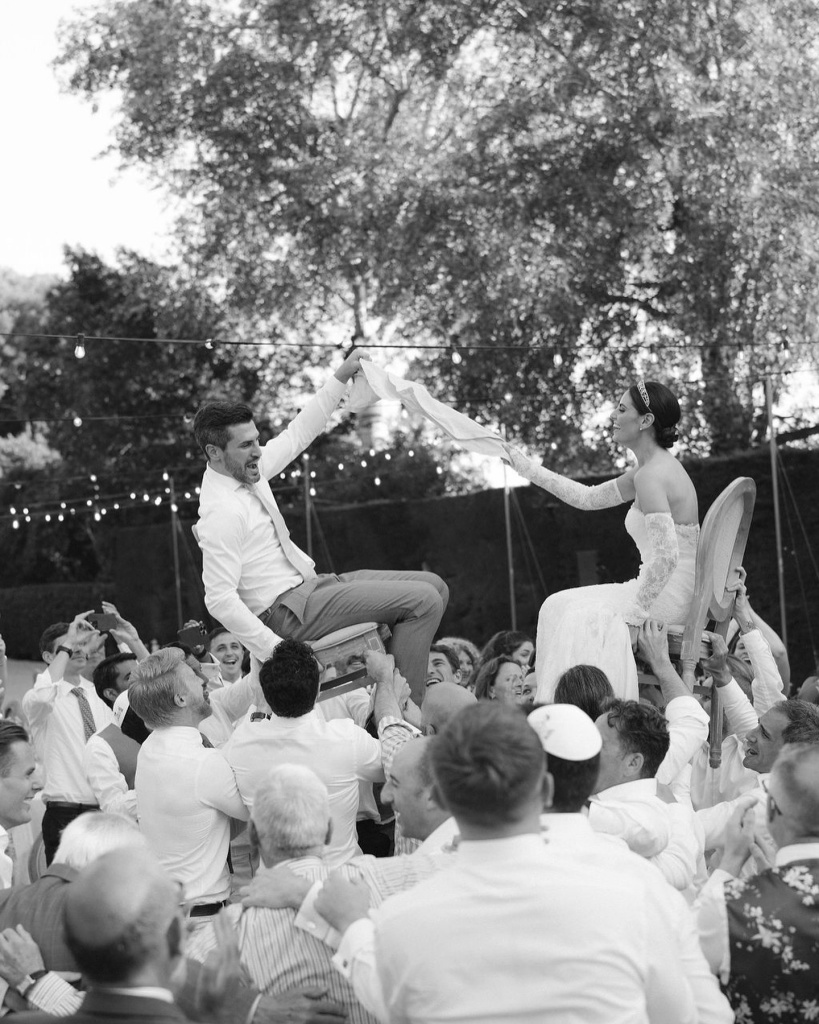
Hora (Dance by Lifting the Couple on Chairs): One of the most famous wedding dances in Jewish tradition is the Hora. During this dance, the bride and groom are lifted on chairs by their guests while everyone dances in a circle around them. Jewish wedding traditions highlight the Hora as a symbol of joy and celebration, reflecting the communal support for the couple. This moment is often filled with laughter and excitement, marking the beginning of the couple’s new life together.
Mezinke
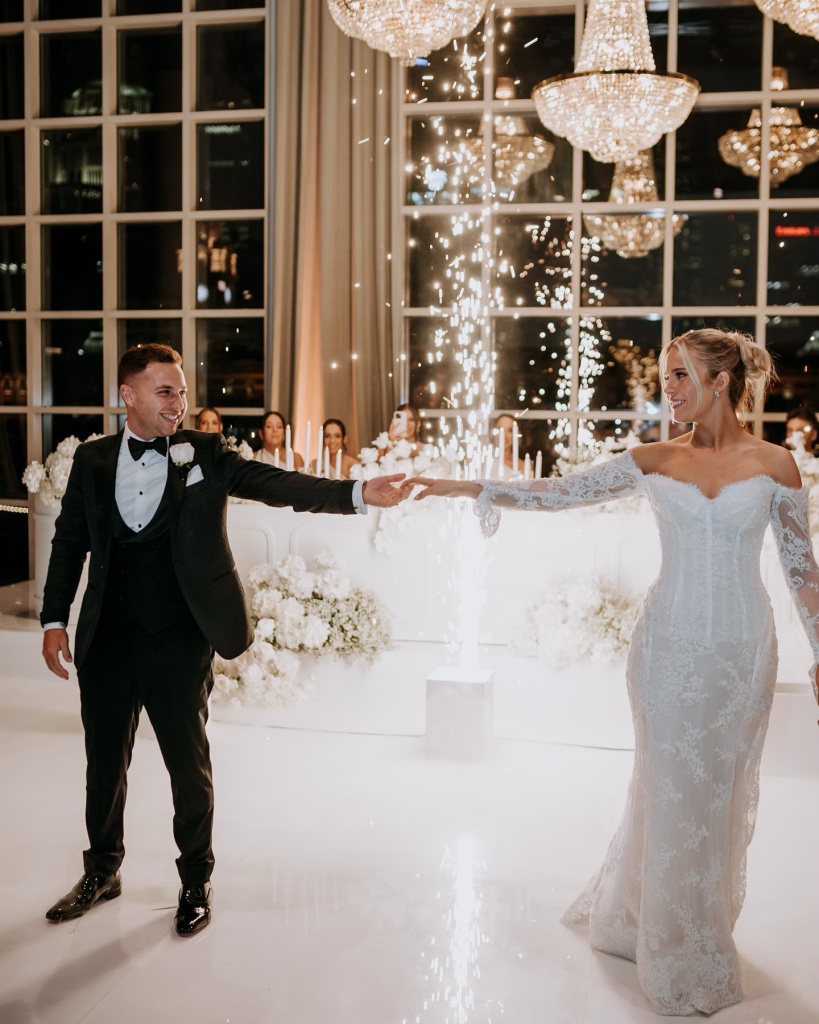
Mezinke (Dance Celebrating the Marriage of the Last Child): The Mezinke dance is a special celebration for parents whose last child is getting married. This joyous dance acknowledges the parents’ role in raising their children and culminates with them being honored by the guests. Jewish wedding traditions use this dance to celebrate the parents and their part in the family’s lifecycle. It is a time for the family to come together and celebrate both the couple’s new life and the family’s journey.
Reading of the Torah and Blessings
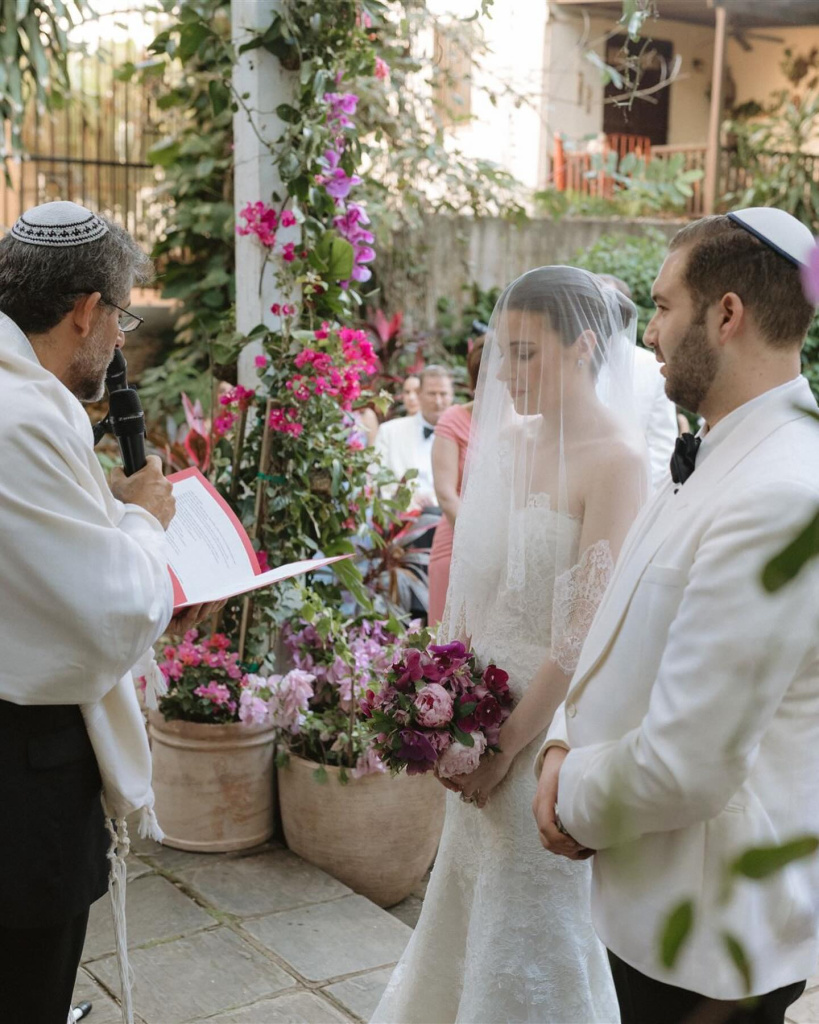
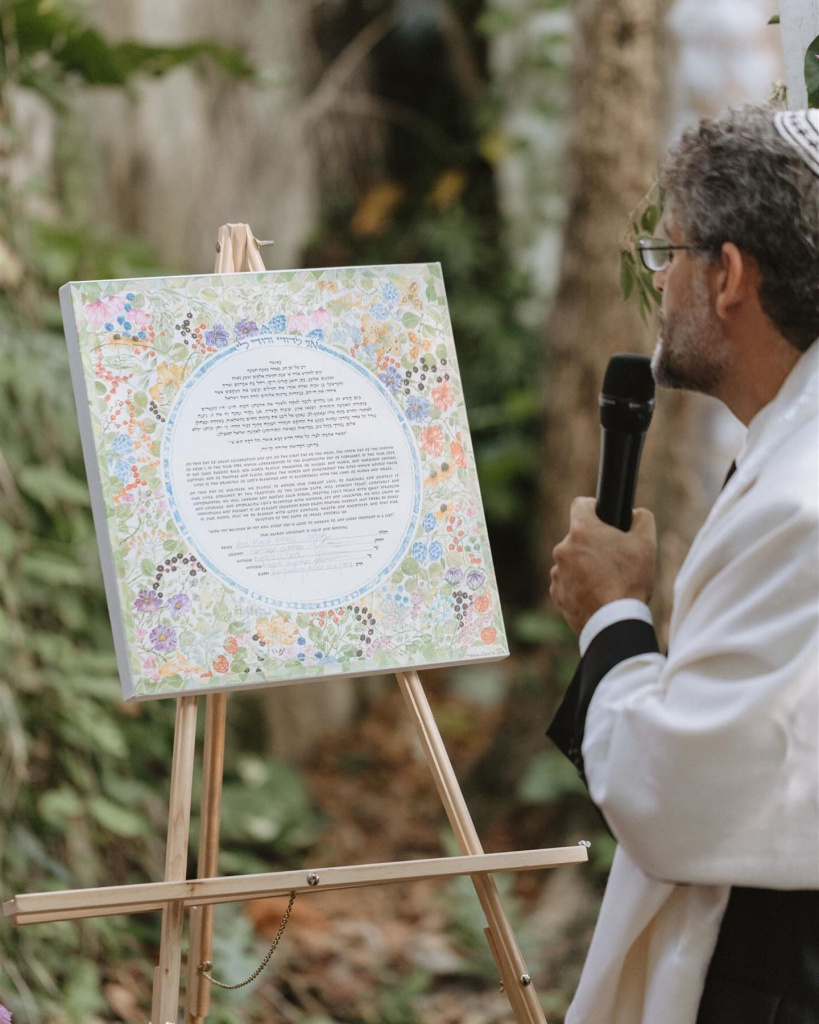
Reading of the Torah and Blessings: Many Jewish weddings include a reading of the Torah or the recitation of special blessings. Jewish wedding traditions hold that the reading of sacred texts brings spiritual meaning to the ceremony, binding the couple’s union with divine law. This is an opportunity for the couple to reflect on the teachings of the Torah and apply them to their married life. The reading reinforces the couple’s commitment to living a righteous life together.
Music and Songs
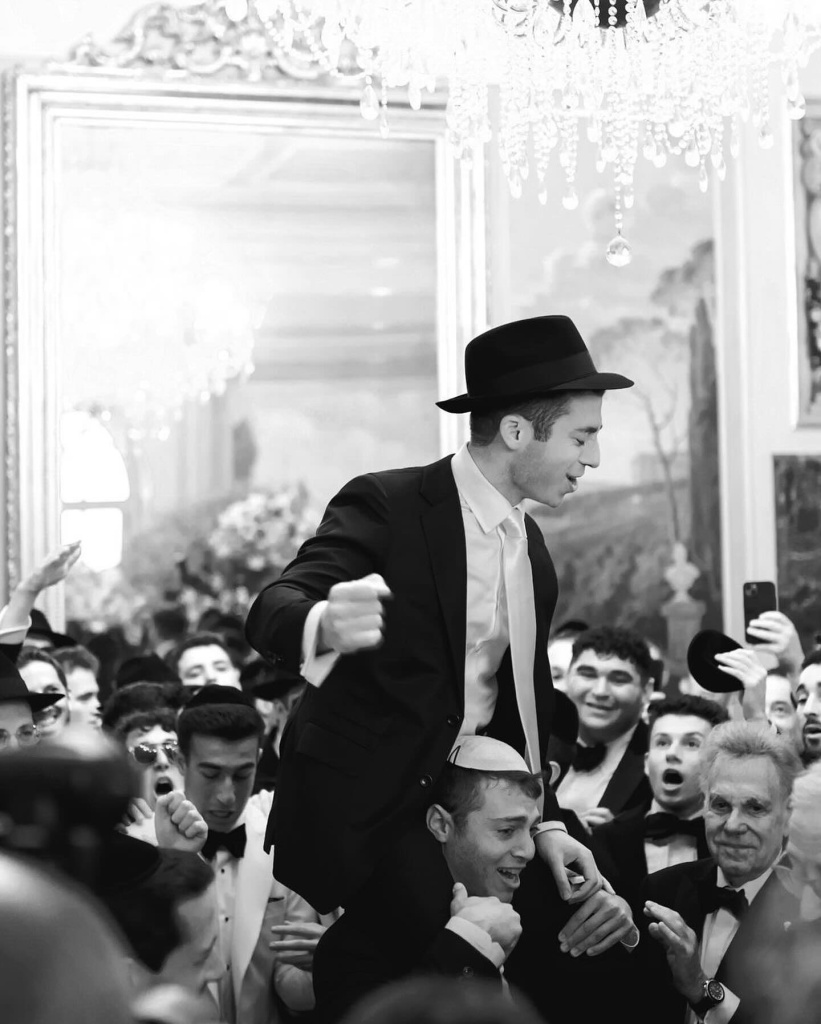
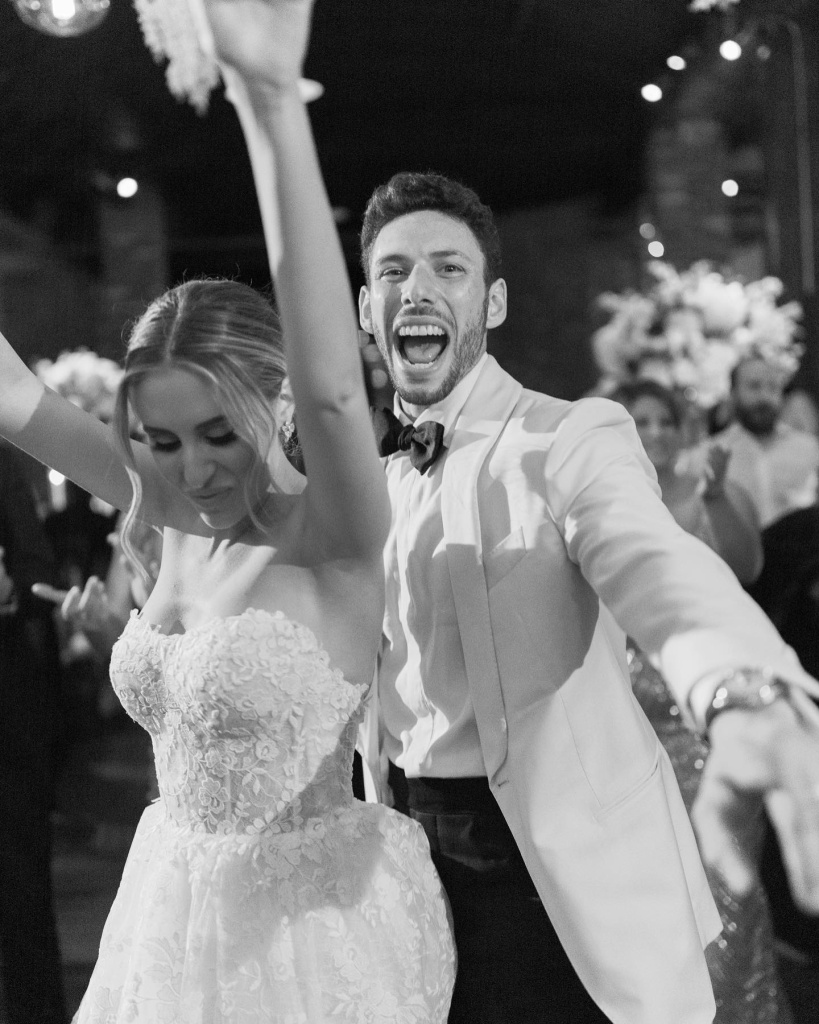
Music and Songs: Music plays a significant role in Jewish weddings, adding to the joy and festive atmosphere. Jewish wedding traditions feature traditional songs, such as the Mazel Tov and Siman Tov, which are sung by guests during the reception. The music often includes both secular and religious songs, creating a blend of cultural and spiritual elements. It is a way for the couple and their guests to express their happiness and celebration.
Festive Banquet
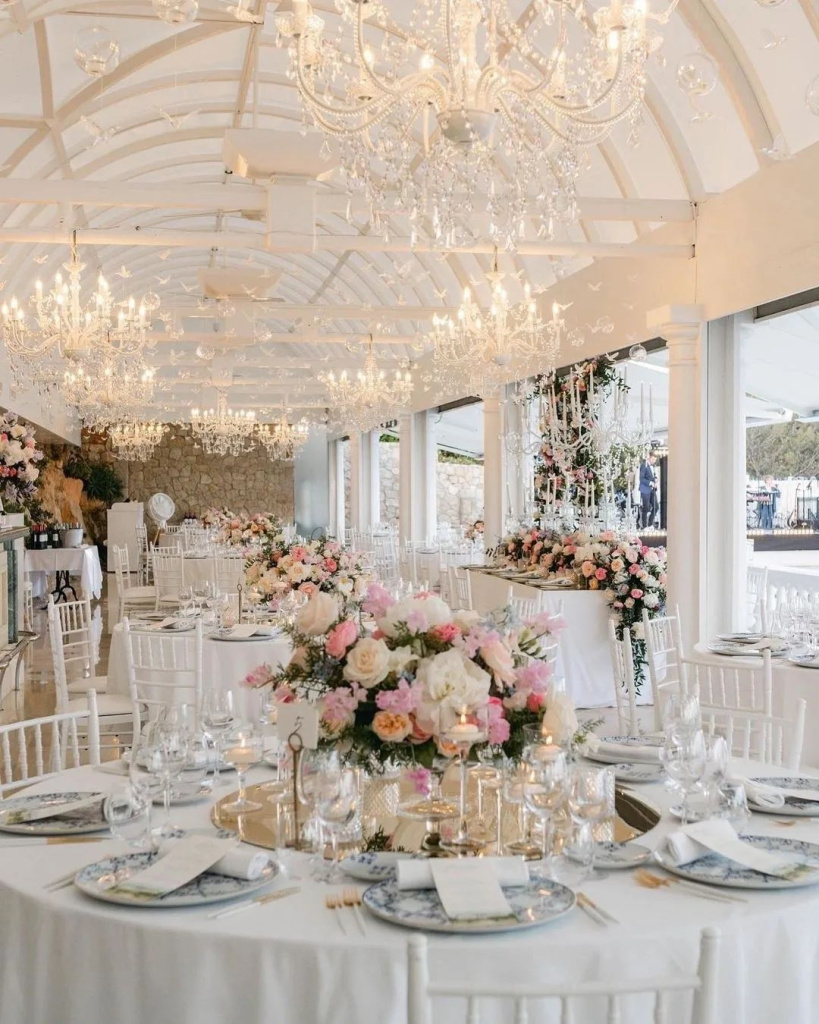
Festive Banquet: A traditional Jewish wedding banquet is a time to share food, drink, and merriment with loved ones. Jewish wedding traditions place great importance on hospitality, with the meal symbolizing abundance and blessing. The wedding feast typically includes a variety of dishes, from savory to sweet, and is an opportunity to enjoy the company of family and friends. It is a time of joy and celebration, reinforcing the couple’s connection to their community.

Treating Guests
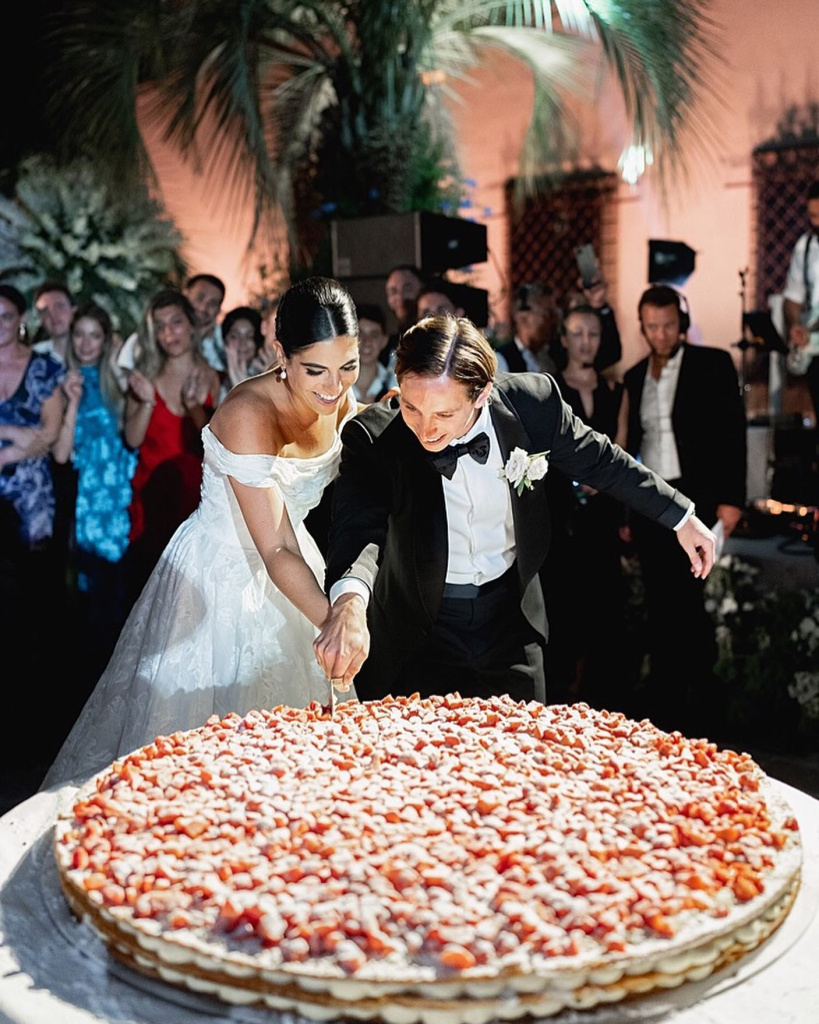
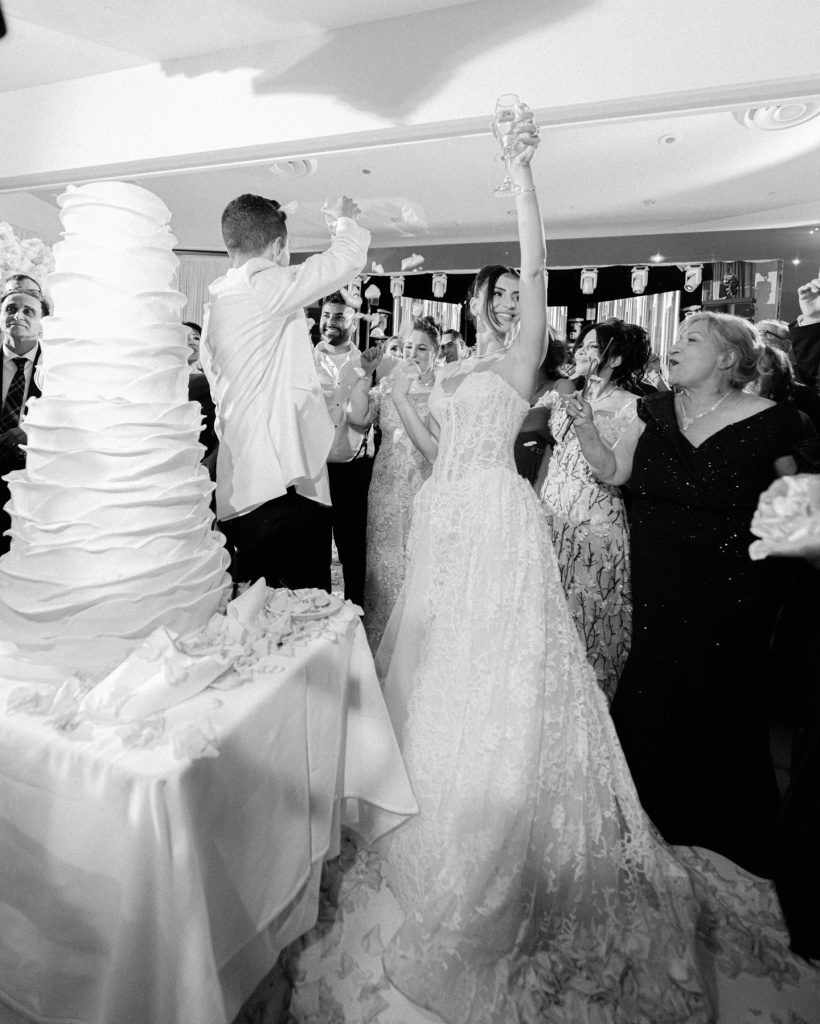
Treating Guests: In Jewish tradition, it is important to treat guests with kindness and generosity, ensuring everyone feels welcome and included. Jewish wedding traditions emphasize the mitzvah (commandment) of hospitality, making sure guests are well cared for throughout the event. Whether offering refreshments or ensuring guests are comfortable, this tradition reflects the values of community and respect. It is a way for the couple to express their gratitude for the support and love of their families and friends.
These Jewish wedding traditions not only celebrate the union of two individuals but also reinforce the values of community, faith, and family that are central to Jewish life. Each ritual carries deep meaning and is designed to create a memorable, spiritual, and joyous occasion for the couple and their loved ones.










